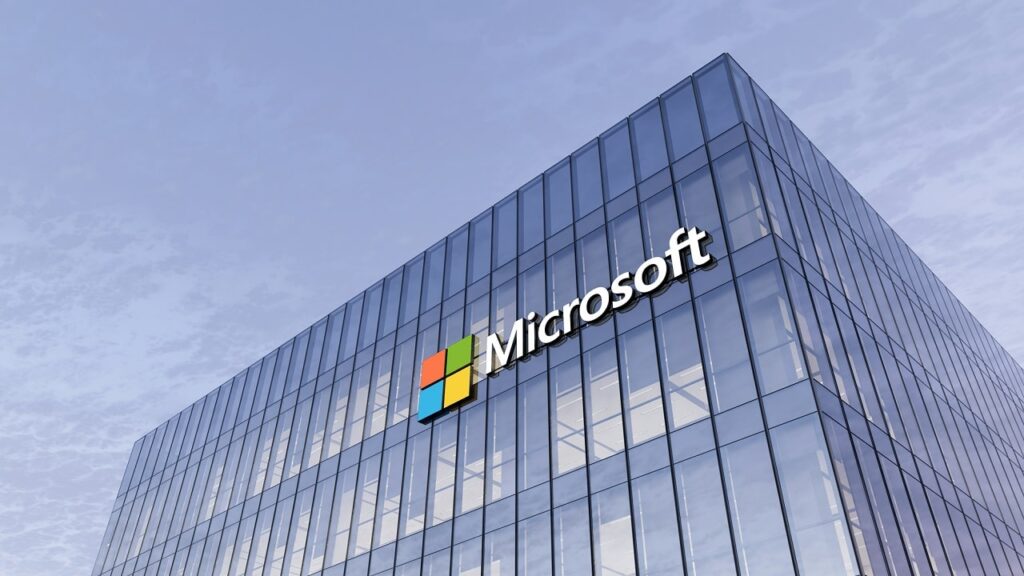Microsoft’s priority is to ensure security worldwide and in this continuous effort the company presents Microsoft Secure Future Initiative.
Microsoft Secure Future Initiative against ransomware attacks
The cybersecurity landscape has never been more challenging and complex: the speed, scale and sophistication of threats have reached levels like never before. As we read in Microsoft’s recent Digital Defense Report, over the last year ransomware attacks increased by 70%. While the attacks targeting passwords have increased more than tenfold compared to the same period in 2022, passing from around 3 billion per month to over 30 billion.
Furthermore, Microsoft estimates that over the past two years, 40% of nation-state-sponsored attacks have focused on critical infrastructure, including power grids, water systems, and healthcare facilities, with potentially disastrous consequences in these sectors.
The three pillars of the Microsoft Secure Future Initiative
Microsoft’s priority is to ensure security worldwide and in this continuous effort the company presents Microsoft Secure Future Initiativemade up of three fundamental pillars for enhance cybersecurity:

The technological advances implemented by the Microsoft Secure Future Initiative
The initiative includes a new set of engineering advances, critical actions and industry standards that will become the cornerstones of a more secure future, at Microsoft and beyond. The technological innovations include a series of features.
Increase the speed of response to vulnerabilities and security updates
Microsoft will reduce the time by 50%. necessary to mitigate cloud vulnerabilities. Additionally, it will take a public stance against vendors who subject third-party researchers to NDAs when they disclose vulnerabilities to vendors. Microsoft is committed to transparency and will encourage all major cloud providers to take the same approach.
Making it even more difficult for cyber criminals and identity-focused espionage to impersonate users
Microsoft is a leader in the development of cutting-edge standards and protocols to defend against increasingly frequent attacks such as token theft, attacchi adversary-in-the-middle and compromise of on-premise infrastructure. To stay one step ahead of cybercriminals, Microsoft is moving digital signature keys to an integrated, secure Azure HSM and confidential computing infrastructure, where signature keys are not only encrypted at rest and in transit, but even during the calculation processes. Key rotation will also be automated, allowing for high-frequency key replacement without human access.
Making it even more difficult for cyber criminals and identity-focused espionage to impersonate users
To continuously deliver secure software, both in design and implementation, Microsoft is expanding the automatic modeling threats to your code to anticipate and counter future attacks. Microsoft is also expanding its use of safe in-memory languages (C#, Python, Java, and Rust) to eliminate entire classes of traditional software vulnerabilities.
Implement more security defaults into your products for immediate protection
Microsoft has revealed the impact the introduction of mandatory multi-factor authentication (MFA) and others has had default security settings in its products and shared its ideas on how it will expand security defaults based on its findings.















Leave a Reply
View Comments